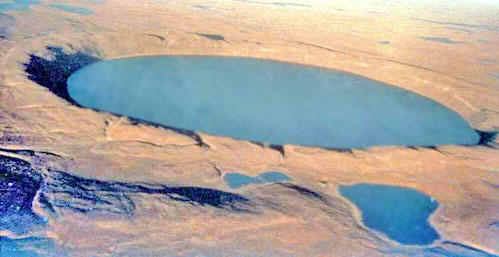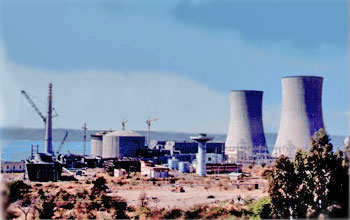|
by Philip Coppens January 2005 from PhilipCoppens Website recovered through WayBackMachine Website
The question is very intriguing and the search for “evidence” to support a positive answer has intrigued Mankind for many decades – if not centuries. Many possibilities have been put forward, from outright statements that Atlantis was a high tech civilization, to the possibility that the Nazca lines might be a prehistoric airport.
In the search
for an advanced ancient civilization, what would be this “best
evidence”?
If true, it would be impossible to ignore the conclusion that ancient civilization possessed high technology.
The ruins of Harappa
It covered a three-square mile area, ten miles west of Jodhpur. The research occurred after a very high rate of birth defects and cancer was discovered in the area.
The levels of radiation registered so high on investigators’ gauges that the Indian government cordoned off the region. Scientists then apparently unearthed an ancient city where they found evidence of an atomic blast dating back thousands of years: from 8,000 to 12,000 years.
The blast was said to have destroyed most of the buildings and probably a half-million people.
When excavations of Harappa and Mohenjo-Daro reached the street level, they discovered skeletons scattered about the cities, many holding hands and sprawling in the streets as if some instant, horrible doom had taken place.
People were just lying, unburied, in the streets of the city. And these skeletons are thousands of years old, even by traditional archaeological standards.
What could cause such a thing? Why did the bodies not decay or get eaten by wild animals?
A. Gorbovsky, in Riddles of Ancient History, reported the discovery of at least one human skeleton in this area with a level of radioactivity approximately 50 times greater than it should have been due to natural radiation.
Furthermore, thousands of fused lumps, christened “black stones”, have been found at Mohenjo-Daro. These appear to be fragments of clay vessels that melted together in extreme heat.
No trace of any meteoric material, etc., has been found
at the site or in the vicinity, and this is the world’s only known
“impact” crater in basalt. Indications of great shock (from a
pressure exceeding 600,000 atmospheres) and intense, abrupt heat (indicated
by basalt glass spherules) can be ascertained from the site.
It reads:
Whereas the story of the Mahabharata is indirect evidence, the other discoveries in India pose serious problems for those trying to deny the possibility that this might indeed be evidence of ancient atomic warfare.
Whereas believing in the existence of Atlantis or a highly advanced civilization that might not have left any trace is one thing, to suggest that our ancestors might have wiped themselves out along the same lines we almost did, but only fifty years ago, is a major paradigm shift.
Some skeptics thus stated:
That is indeed the question… and an important one. The stakes are high, as one would expect when facing with the best evidence.
Lonar crater So, let us discover what might be the best evidence.
The first question is whether a Francis Taylor existed. There is a Francis Taylor, an American museum director, who died in 1957. He was not an archaeologist. There is a “Francisco Taylor”, but he is not the above quoted Francis Taylor.
We note that Rawatbhatta is in the same region as the discovery of the “ancient warfare” site. But Gadekar did not find evidence of ancient warfare, but evidence of modern negligence: wood that had been used in the power plant, had then “somehow” made his way into society, where it was subsequently used as wood for a fire.
This in itself was a minor incident, but could there have been more serious incidents, whereby it was decided to deflect attention from the present to the ancient past?
Might something have gone wrong in the latter?
The nuclear facility at Rawatbhatta With the above objections, the case for the best evidence has become more controversial than a clean-cut case.
But in a case such as an ancient high tech civilization, this should not come as a surprise. Rome was not built in one day, and arguing for or against the case of an ancient highly advanced civilization will not take any less time.
The bodies of Harappa and Mohenjo Daro remain a mystery, whether or not the other radioactive site turns out to be modern or ancient. The anomalous crater adds power to the possibility. Finally, the fact that all these enigmas are within one general region (as opposed to scattered across the world) adds further weight to the case… but then this should be expected if we might consider this case to be the best evidence.
And only careful analysis of the evidence will
reveal what it is…
|

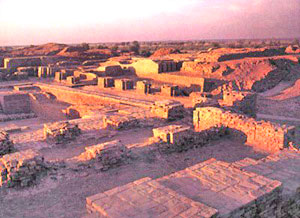 Did an ancient advanced
civilization exist on Earth?
Did an ancient advanced
civilization exist on Earth? 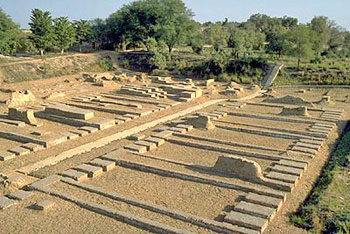
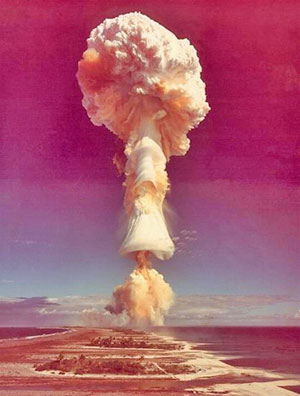 The story begins when a
layer of radioactive ash was found in
Rajasthan, India.
The story begins when a
layer of radioactive ash was found in
Rajasthan, India. 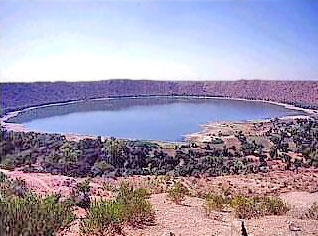 Furthermore, there is no apparent cause of a physically violent
death.
Furthermore, there is no apparent cause of a physically violent
death. 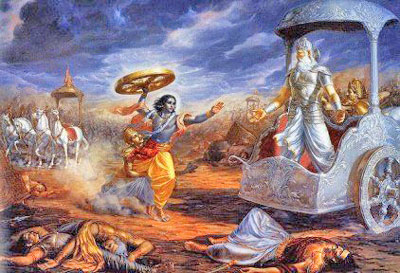 ... (it was) a single projectile
... (it was) a single projectile